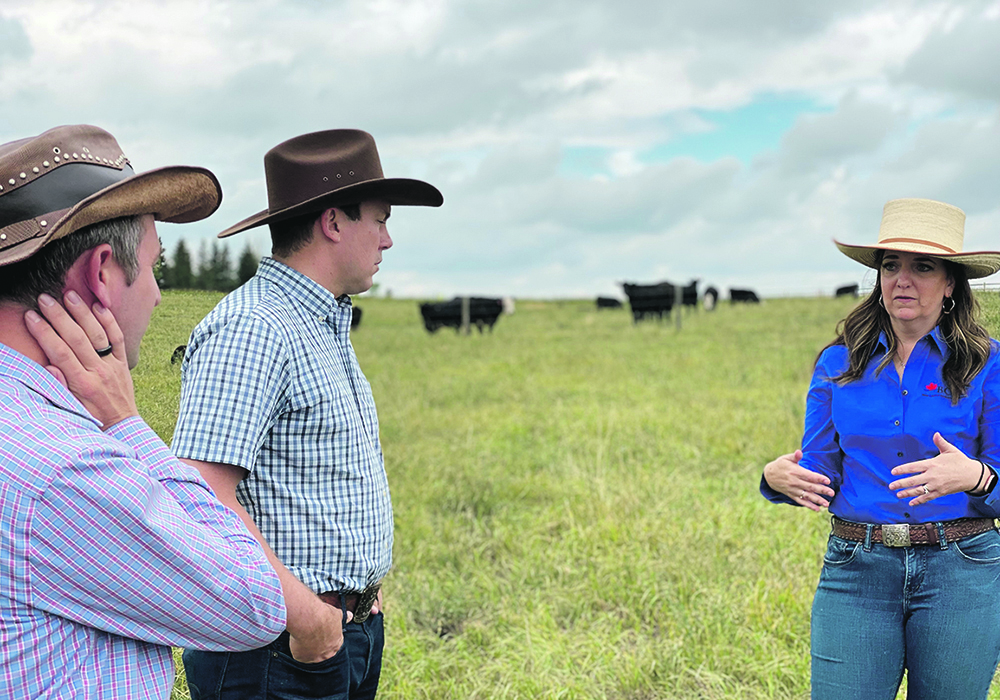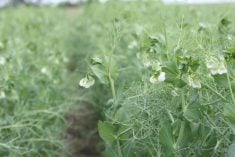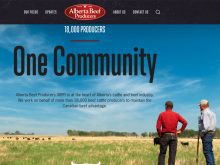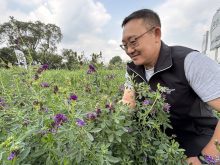Federal money part of Beef and Forage AgriScience Cluster and will be administered by the Canadian Cattle Association
The federal government is providing more than $12 million to the Canadian Cattle Association as part of more than $21.7 million that is being spent on research to promote environmental and economic resilience and sustainability in the beef industry.
The money will fund 23 projects under the new federal Beef and Forage AgriScience Cluster, which will be administered by the CCA’s Beef Cattle Research Council. The announcement was made July 12 at the Calgary Stampede by Francis Drouin, parliamentary secretary to federal minister of agriculture Marie-Claude Bibeau.
More than $9.6 million of the funding is being provided by Canada’s beef industry, primarily through checkoffs from producers, with the research to be conducted across the country during the next five years, said a federal statement.
Read Also
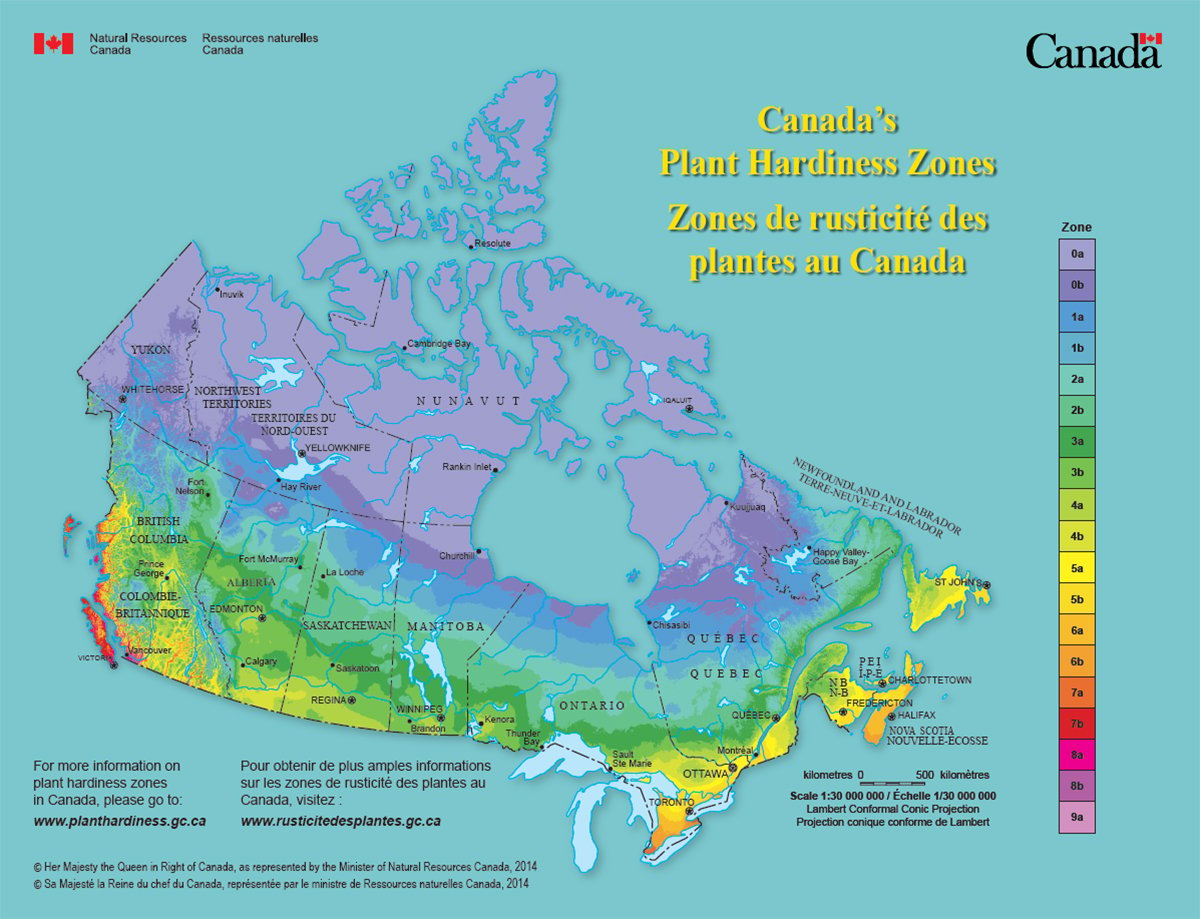
Canada’s plant hardiness zones receive update
The latest update to Canada’s plant hardiness zones and plant hardiness maps was released this summer.
It will focus on the three main priorities of climate change and the environment, economic growth and development, and sector resilience and societal changes. It includes supporting sector goals to meet federal greenhouse gas reduction targets by maintaining native grasslands, sequestering additional carbon, and reducing emissions intensity, said the statement.
“These projects include reducing methane emissions through feeding strategies, breeding forages that are more productive and profitable, and developing technologies for faster response to emerging diseases,” said Drouin during a news conference at the Stampede.
“And just as importantly, the new cluster will help to get this research to farmers so they can transform it into real results on their farms.”
Our shared investments of nearly $22 million in the new cluster will help Canada’s beef industry meet the demands of our global customers for high-quality, sustainable product.”
The Beef and Forage AgriScience Cluster is one of several national research clusters or programs that aim to promote sustainability and growth in the Canadian agriculture and agri-food industry. It is being funded through the clusters component of the AgriScience Program under the $3.5 billion Sustainable Canadian Agriculture Partnership (Sustainable CAP).
“If we don’t invest in research, then the (beef) sector is going to fall behind because our competitors are investing in research,” said Drouin during an interview. “So, in order to keep our cattle producers, which are doing a tremendous job, we need to stay at the forefront and we do that by investing in research.”
The announcement represents a big investment in the beef industry at a time when it is facing increasing public pressure over greenhouse gas emissions, said Craig Lehr, chair of the Beef Cattle Research Council.
“And a lot of the research we do not only allows us to grow and improve, and reduce our environmental footprint, but in a lot of cases, it validates what we’re already doing, and now we (will) have the information, the data, to take that and help inform public policy on that, which is key.”
Producers have realized they need to communicate to the public the facts about what they’re doing and why livestock are an important part of the environment and maintaining grasslands, said Andrea Brocklebank, executive director of the Beef Cattle Research Council.
The industry is reducing its carbon footprint as it helps sequester carbon and contribute to biodiversity, she said.
“And so, I think we’ve really worked hard as an industry to encourage these conversations and being more out there in terms of celebrating what we do have, but also what we’ve working on.”
Drouin and Nova Scotia MP Kody Blois, who is chair of the standing committee on agriculture, recently toured Brocklebank’s ranch near High River, Alta.
“They got to see the cattle, they got to see the grass and they got to see some of the challenges we’ve been dealing with drought in our area as well,” she said.
Her operation, which was founded by her great-grandfather in 1905, shifted several years ago to management practices such as rotational grazing and incorporating legumes, allowing it to improve its forage production “even with drought and actually with drought,” she said.
“It’s been a lot of learning, a lot of trial and error, and some of the discussions we’ve had with (Drouin and Blois) is the fact that these changes take time, and they also have to be not just environmentally sustainable, but economically sustainable for us to incorporate them.”
Research is vital to ensuring a brighter future for the beef industry, said CCA president Nathan Phinney.
“And we’re in an industry that runs off of science, so to see that kind of support so that we can continue to improve, innovate and move our industry forward with those dollars — and on the same token, the producers believe in it and they’ve come to the table with a fair amount of dollars as well.”


